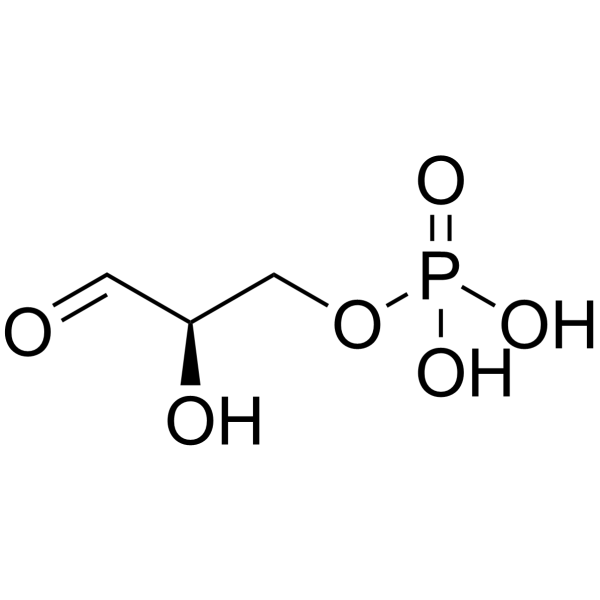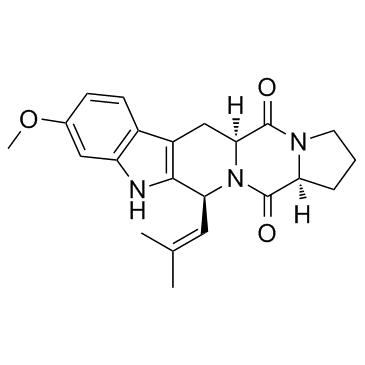| 结构式 | 名称/CAS号 | 全部文献 |
|---|---|---|
 |
DL-甘油醛-3-磷酸
CAS:591-59-3 |
|
 |
甘油醛3-磷酸
CAS:591-57-1 |
|
 |
烟曲霉素C, 来源于烟曲霉菌
CAS:118974-02-0 |